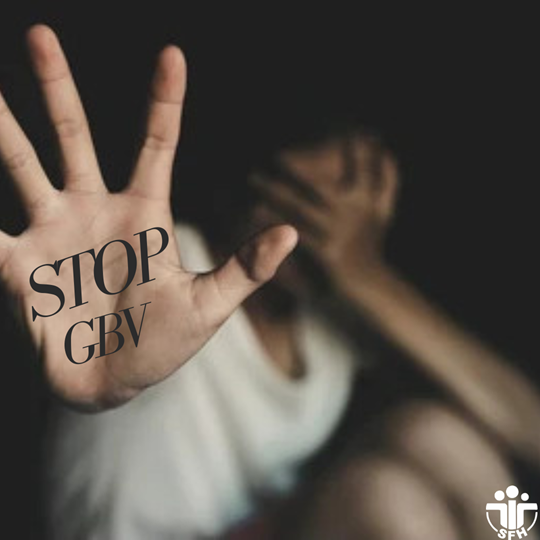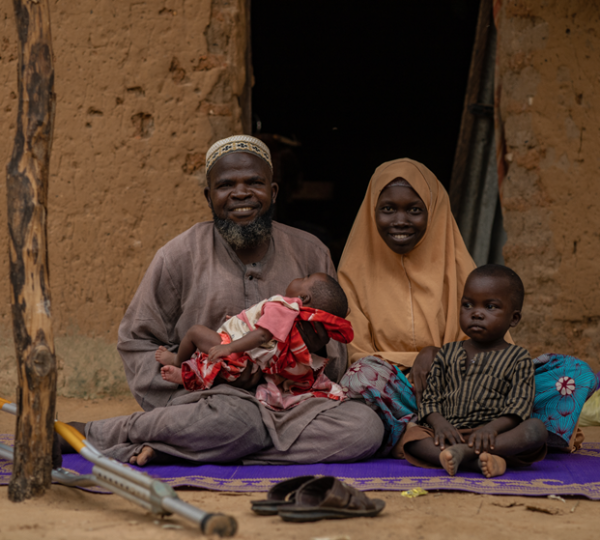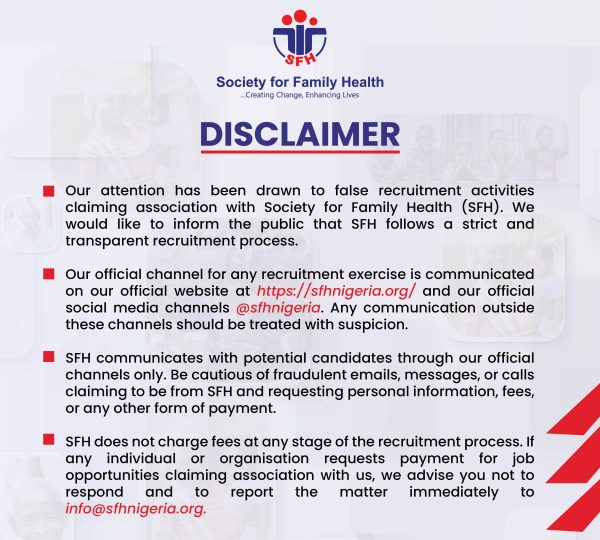Improving Health Equity through Community Mobilization: Learnings from SHIPS Project
Boluwatife Adesina and Peace Omodele
Overtime a lot of public health focus has been geared towards ensuring that everyone has the chance to “attain his or her full health potential” and that no one is prevented from achieving this potential due to their socioeconomic status or any other factors that are defined by society. Health equity has informed the design of several public health interventions especially focusing on the underserved communities who do not have access to effective health care service delivery.
The natural connection between the patient and the healthcare professional is changing as a result of the accessibility of self-tests for diseases like COVID-19, HIV, and hepatitis C. These tests can lower barriers to diagnostic access and empower people to take charge of their health management.
Self-testing may help improve health fairness and hasten the process of achieving universal health coverage. However, because self-testing is frequently carried out independently of conventional testing facilities, it encounters certain resistance that limits its proper effectiveness. Additionally, recent pandemic outbreaks give credence to the dire need to strategically promote self-care to a point where individuals take ownership of their health.
HIV Self-Testing (HIVST) in underserved communities in Lagos and FCT
Since the introduction of HIV self-testing as an additional testing strategy, a lot of work has been in place to ensure that those who are not reached by the conventional HIV testing services have access to testing in a convenient and confidential manner. Despite the appealing nature of self-testing for HIV particularly because it encourages anonymity and privacy, lack of awareness serves as a major barrier to its uptake and use.
One of the tactics Society for Family Health under the Strengthening HIV self-testing in the private sector (SHIPS) project has employed is the use of community mobilization to raise awareness and spur demand for HIVST kits in the private sector. This strategy is not without its cons, but the advantages overshadow the drawbacks. In the last 4 months, SHIPS project has used community mobilization to reach persons who are not tech savvy and may not have access to new media.
Community mobilization is a process that seeks to involve all sectors of the community in order to elicit individual, family, and community action. It employs a variety of community engagement strategies to raise awareness and empower individuals and groups to take action, thereby creating an enabling environment and bringing about positive change. Door-to-door outreach, group outreaches, health fairs, community activations, and other activities are examples of community mobilization. Importantly, mobilization efforts actively require the participation of community members. It also includes mobilizing resources, disseminating information, generating support, and fostering community cooperation across public and private sectors.
Community identification and mapping were the first steps in driving this needed community support to HIV self-testing, followed by stakeholder engagement. Additionally, a community assessment was conducted to determine the needs of the community regarding HIV self-testing, who is involved, what hasn’t been done, barriers, and areas for improvement. This contributed to a more complete picture of the current reality of HIV self-testing in the community. Following a clear definition of the project’s goals and strategies, the project recruited community mobilizers based on a set list of criteria, the most important of which was that the community mobilizer be a resident of the community.
Following their recruitment, community mobilizers were trained on the basics of HIV and HIV self-testing, interpersonal and persuasive communication, how to use the IPC guide, monitoring and evaluation tools, and linkage to points of purchase and treatment centers. For proper linkage, the community mobilizers were also connected with pharmacies and PPMVs in the communities where the HIVST products are sold.
The project has seen significant results through community mobilization over the last four months. Upon the start of community mobilization activities in the community, the baseline number of HIV self-test kits sold increased by 330% and reached a total of 9771 people. This demonstrates the power of community mobilization in improving health equity and access, particularly in underserved communities.
To achieve health equity and improve access to health services and products, community mobilization can be used in a variety of public health programs. However, it requires good communication, good leadership, organizational structure, resource mobilization, and monitoring/evaluation structures.




